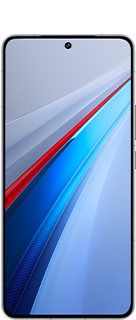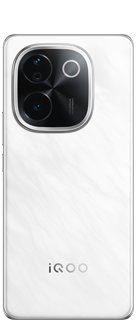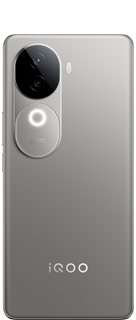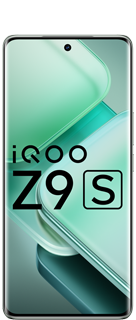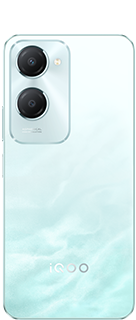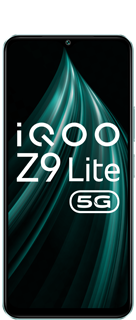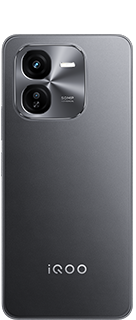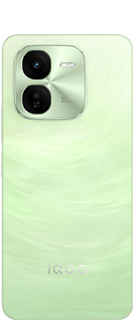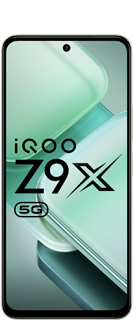4 major downsides of owning an OLED monitor

OLED monitors have become very popular in the last couple of years, especially among gamers, due to all the advantages they offer over traditional LCD panels
Let's list a few drawbacks
1) Subpar text clarity

One of the things you'd almost immediately notice after switching to an OLED monitor is the inferior text clarity.
This is because OLED panels don't use the traditional RGB subpixel layout like LCDs. LG's WOLED panels use an RGWB subpixel layout in a stripe configuration, whereas Samsung's QD-OLED panels use a triangle RGB layout.
Windows uses subpixel text rendering designed for traditional RGB layout in LCD monitors to mitigate text clarity issues, but since OLED monitors use a different subpixel arrangement, you'll notice inferior text quality.
2) High maintenance

When you own traditional LCD monitors, you don't have to think twice about the wallpaper you want to use or worry about leaving them powered on all day. However, after switching to OLED monitors, you have to become extra careful to make sure you don't encounter screen burn-in or image retention issues.
You also need to manually run the "Panel Maintenance" feature once a year, which takes an hour or so to complete.
3) Screen burn-in and image retention


Although most OLED monitors can slightly shift the pixels on the screen regularly to prevent image retention and burn-in, it's still possible to encounter screen burn-in after a couple of years of use. Most manufacturers nowadays offer three years of warranty for their OLED monitors, which includes screen burn-in, so this isn't a major concern. But if you plan to keep your monitor for several years, you must be wary of its longevity.
4) Inferior brightness levels

Although OLED monitors deliver excellent HDR performance, thanks to perfect black levels and infinite contrast ratio, they suffer when it comes to full-screen brightness. For instance, when you browse the internet, an OLED display isn't going to look nearly as bright as a traditional LCD or mini LED monitor.

More importantly, the brightness levels of OLED displays gradually deteriorate over time, as the individual pixels in these panels have a limited lifespan.
The pixels that emit blue light deteriorate faster than the ones that emit red or green light, which causes an imbalance that affects brightness and color accuracy. Also, frequently running your OLED monitor's panel maintenance feature (not pixel refresh) can lower its brightness levels, which is why I don't recommend doing it more than once a year
Fortunately, the pros outweigh the cons
While some of these drawbacks may seem like deal-breakers, OLED displays are still far superior to traditional LCD panels, especially for media consumption. An OLED panel is a no-brainer if you plan to use your monitor for gaming or even color-grading work.
Source - XDA
Signing off
Please sign in
Login and share











